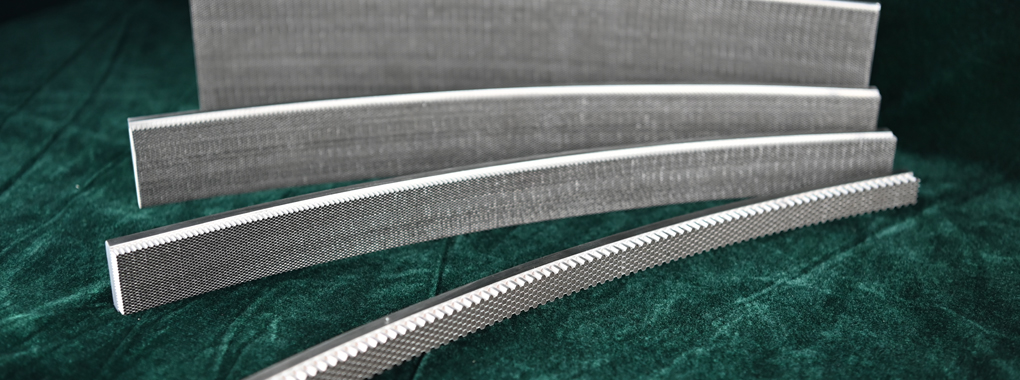GH600 alloy is a nickel-chromium-iron alloy with good resistance to corrosion and oxidation. It is a solid-solution alloy that can be hardened only by cold working and it has excellent mechanical properties with a desirable combination of high strength and good workability. Similar alloy's names in different standards:
Beiye designation | China Standard designation | America designation |
GH600 | GH600 | Inconel 600 |

Furnace muffles
Electronic components
Heat-exchanger tubing
Chemical and food processing equipment
Fixtures and rotors
Reactor control rods
Nuclear reactors
Springs
Primary water piping
C | 0.03 | Cr | 15.50 |
Fe | 8.00 | Ni | bal. |
Soft | Hard | |
Hardness | 146 HV | 314 HV |
Yield Strength | 380 MPa (55.15 ksi) | 761 MPa (110.5 ksi) |
Tensile Strength | 718 MPa (104.21 ksi) | 1013 MPa (147 ksi) |
Elongation | 43.5% | 17.5% |
* Typical values for material tested in accordance with GB/T 4340.3, GB/T 228, GB/T 22315.
Density | 8.43 g/cm3 (0.304b/in3) | ||
Melting Point | 1400 ℃ (2552oF) | ||
Curie temperature (annealed material) | -124 ℃ (-192oF) | ||
Modulus of elasticity (21℃,Tension) | 206.7GPa(30×103ksi) | ||
(21℃,Torsion) | 75.8GPa(11×103ksi) | ||
Poisson's rato (21℃) | 0.29 | ||
This solid-solution alloy can be hardened only by cold working and not by any heat treatment. Its behavior during heating is governed by a number of interacting variables: amount of cold work, grain size, chemical composition, and dimensions of the material. Consequently, times and temperatures for heat treatment are usually experimentally determined.
In-process annealing: To relieve all strains and restore the alloy to a soft condition suitable for further cold rolling or drawing, forming, bending or similar operations, anneal at 1050~1080℃ for not more than 1 hour. Since the high nickel, high permeability alloys readily absorb carbon, sulfur, oxygen and other contaminants from combustion furnace gasses, in-process annealing should be conducted in dissociated ammonia, hydrogen, vacuum or inert gas atmospheres.
Final annealing: In general, an annealing treatment of about 1010℃(1850℉) for 15 min. will produce soft material. Brief exposure to 1037℃(1900℉) will give soft material without producing a coarse grain structure. Grain growth does not occur until the alloy is heated to about 980℃(1800℉).
Oil, grease, lacquer and all other contaminants must be removed before annealing.

